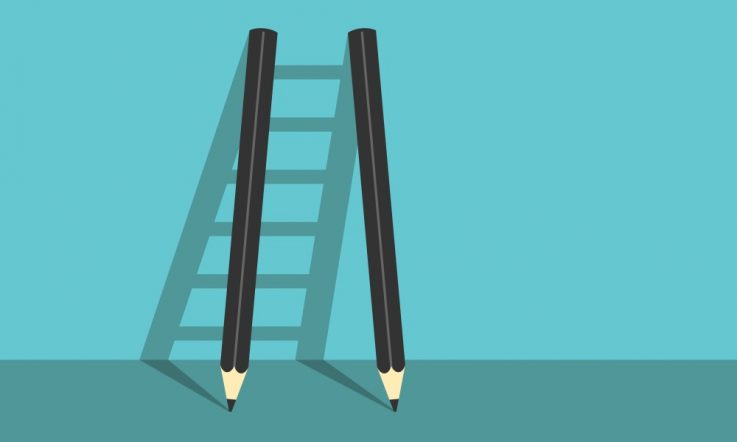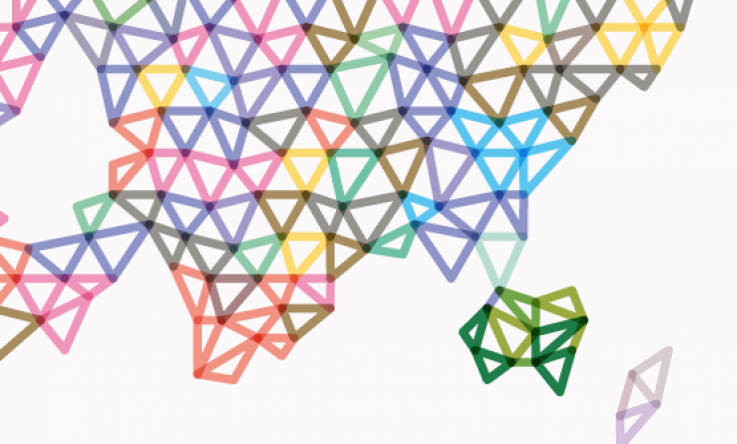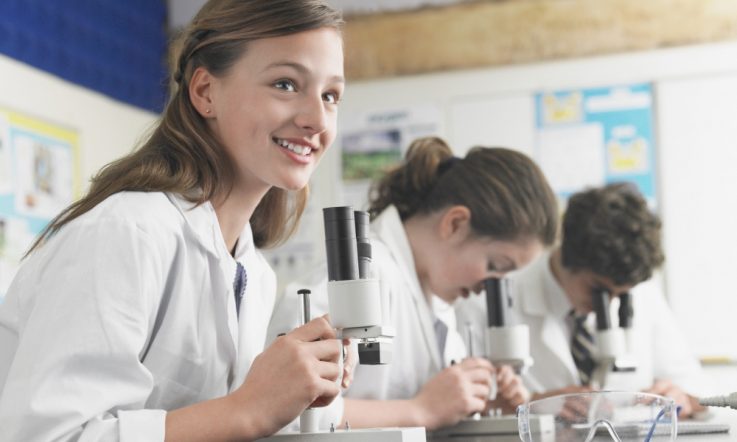Australian students have performed significantly better in the latest cycle of the Trends in International Mathematics and Science Study in Year 8 mathematics and Year 4 and Year 8 science – but not in Year 4 mathematics – since it was last conducted in 2015.
New results from the 7th cycle of Trends in International Mathematics and Science Study (TIMSS) were released today. More than 580 000 students from 64 countries and eight benchmarking systems participated in the 2019 study, including 14 950 Australian students from 571 Australian schools.
TIMSS 2019 was the first cycle that offered a computer-based assessment (eTIMSS). Countries could choose either computer-based or paper-based assessments – Australia chose paper-based.
The results show between 68 and 78 per cent of Australian students achieved the TIMSS Intermediate international benchmark – the nationally agreed proficient standard. Despite this, Dr Sue Thomson, TIMSS National Research Coordinator and ACER Deputy CEO, says more needs to be done to achieve our national vision for educational excellence.
‘TIMSS 2019 marks the final opportunity to measure progress towards the Melbourne Declaration on Educational Goals for Young Australians, and forms the baseline for the Mparntwe Education Declaration. More work needs to be done to achieve our national vision for educational excellence, particularly in Year 4 mathematics,’ she says.
Australia’s performance in an international context
The top performing countries in Year 4 mathematics are Singapore (625 points), Hong Kong (602 points) and Korea (600 points). In Year 8 mathematics, Singapore performed the highest (616 points), followed by Chinese Taipei (612 points) and Korea (607 points).
In Year 4 science, Singapore topped the list (595 points), followed by Korea (588 points) and Japan (562 points). And, in Year 8 science, Singapore performed highest (608 points), followed by Chinese Taipei (574 points) and Japan (570 points).
Australia’s achievement in Year 8 mathematics and science, and Year 4 science has improved both in absolute sense and relative to other countries since the 2015 assessment. However, Year 4 mathematics achievement has not changed since 2007. Here is a snapshot of Australia’s results in each domain and how they compare to other countries.
Year 4 mathematics
Australian students achieved an average score of 516 points, around 110 score points below that of the highest performing country, Singapore.
There were 22 countries who performed significantly higher than Australia, 12 performed similarly, and 23 countries who performed significantly lower.
Year 8 mathematics
Australian students achieved an average score of 517 points, around 100 score points below that of the highest performing country, Singapore.
There were six countries who performed significantly higher than Australia, seven performed similarly, and 25 countries who performed significantly lower.
Year 4 science
Australian students achieved an average score of 533 points, around 60 score points below that of the highest performing country, Singapore.
There were eight countries who performed significantly higher than Australia, 10 performed similarly, and 39 countries who performed significantly lower.
Year 8 science
Australian students achieved an average of 528 points, around 80 score points below that of the highest performing country, Singapore.
There were six countries who performed significantly higher than Australia, five performed similarly, and 27 countries who performed significantly lower.
Other results
In Year 4 mathematics, male students performed at a higher level than female students. There was a higher proportion of high performing male students compared to female students, but there were no differences in the proportions of very low performers or students who attained the National Proficient Standard.
There was no significant difference between the average performances of female and male students in Year 8 mathematics, Year 4 science and Year 8 science.
The performance of Aboriginal and Torres Strait Islander students was lower than that of other Australian students for both mathematics and science at both Year 4 and Year 8.
Both Aboriginal and Torres Strait Islander students and other Australian students improved in average performances since 1995 in Year 4 mathematics, Year 4 science and Year 8 science. However, the improvement in average performance was greater for Aboriginal and Torres Strait Islander students in Year 4 and 8 science when compared to other Australian students.
There was no difference in achievement between Australian students by language background in Year 4 mathematics or Year 8 science.
In Year 8 mathematics, students who spoke a language other than English at home outperformed students who spoke English at home. In Year 4 science, students who spoke English at home performed at a higher level than students who spoke a language other than English at home.
Thomson says Australia’s overall performance in TIMSS would be welcomed by many Australian schools, students and teachers.
‘Strong results in mathematics and science are vital for our long-term economy, and these findings show that some progress has been made in achieving our national goals,’ she says.
‘However, as always, we need to note that these results are not uniform, and that there is still a solid tail of underachievement that needs to be addressed. Acknowledging that the primary underlying factor behind poor achievement is socioeconomic background, and finding ways of redressing the imbalance in opportunities and resources available to these students, will help lift achievement for all Australian students.’
Stay tuned: Dr Sue Thomson will be exploring the TIMSS 2019 results in her next Teacher column.
For more information on the Australian results, visit the ACER Research Repository to read the highlights or the full report.



